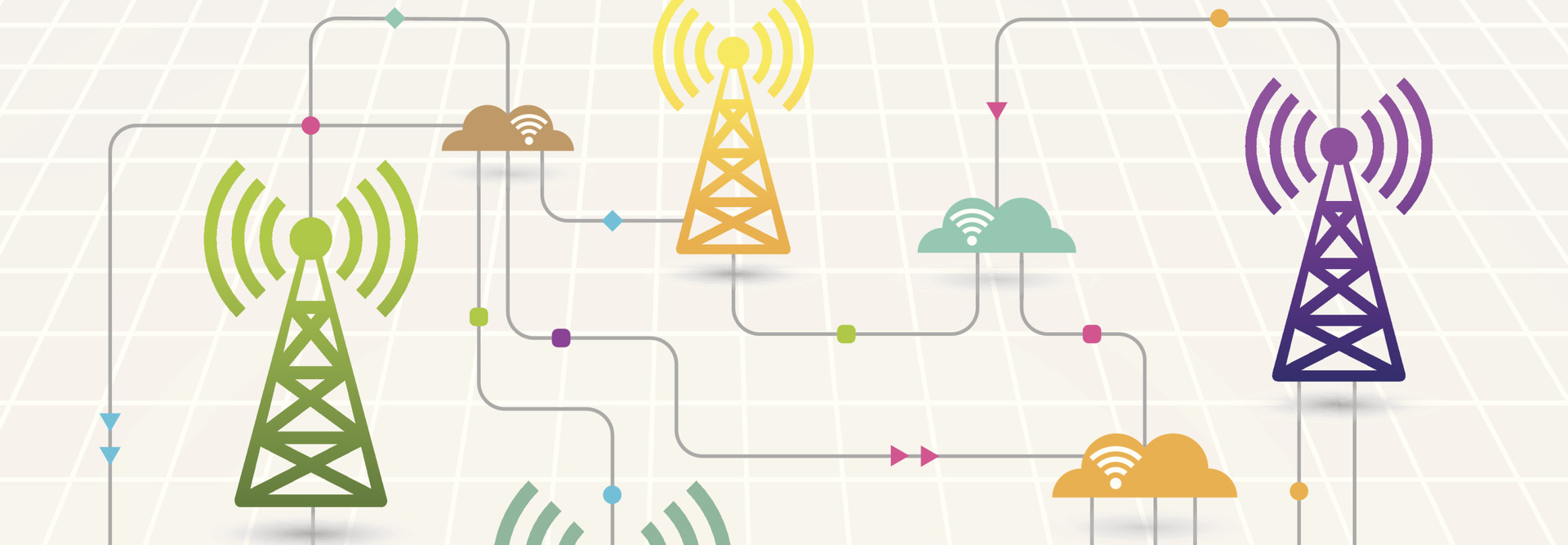FCC Upgrades E-Rate With Billions in New Funding
The Federal Communications Commission (FCC) on Friday took what many educational technology advocates called a bold first step to make high-speed Internet access affordable for all U.S. schools and libraries.
A divided commission voted 3-2 in favor of a plan to modernize the agency’s 18-year-old E-Rate federal subsidy program, which helps schools and libraries pay for telecommunications equipment. FCC Chairman Tom Wheeler called the vote a “watershed moment” for the program, which has in the past let students, teachers and communities down.
“Closing the Wi-Fi gap means that millions more library patrons and students across the country will have access to opportunities that were previously denied. That’s a big deal,” Wheeler said.
The modernization effort, dubbed E-Rate 2.0 by commissioners, was years in the making and brings in an additional $1 billion to target wireless broadband connections in schools and libraries, with another billion the following year. It also eases the process for schools and libraries to apply for funds and lowers the barrier of entry for high-poverty applicants.
“We do our students no favors when we strand schools, classrooms and libraries in the industrial era. After all, we live in the digital age,” said Commissioner Jessica Rosenworcel. “We need an E-Rate program designed for the digital age. We need E-Rate 2.0.”
A last-minute change to the plan allows for a so-called “safety valve” to ensure basic broadband funding does not get cut in favor of meeting the demands of wireless connections, Wheeler said.
But the modernization wasn’t enough for everyone. Even commissioners in favor of the measure said it isn’t perfect and will require more work in the years to come.
“Today's item does not make all the changes necessary to meet each and every goal, but it does make noteworthy steps in the right direction,” Commissioner Mignon Clyburne said.
The board’s two Republican commissioners went a step further, voting against the measure and issuing scathing remarks. Commissioner Ajit Pai called the massive document “158 pages of more of the same” and dismissed claims that the application process had been simplified.
“The E-Rate application process must be, as the order puts it, fast, simple and efficient. And yet, the rhetoric doesn’t match the reality,” Pai said.
Pai’s fellow Republican commissioner, Michael O’Reilly, said he and Pai had been shut out of discussion on recent drafts of the document, which he criticized as being far more expensive than expected. O’Reilly speculated that the revised E-Rate could lead to a technology “funding cliff” for schools.
The modernization of E-Rate had three goals:
-
Close the Wi-Fi gap in schools by providing $2 billion in reserve funding, including $1 billion for wireless technologies, with another $1 billion over the next fiscal year. To acquire this funding, this shift would phase out E-Rate support for services such as traditional phone lines and pagers in favor of modern services like Voice over Internet Protocol.
-
Maximize existing funds by streamlining the structure for E-Rate funding requests and increasing transparency. The agency also expects to see significant cost savings by leveraging a new partnership with the U.S. General Services Administration, allowing schools and libraries to consolidate their purchasing power for Wi-Fi equipment.
-
Process applications faster and more equitably. A revised review process for E-Rate applications would cut through red tape for smaller requests. The new process would also be more equitable for schools of varying size, according to the FCC.
Implementing these proposals could increase funding for Wi-Fi equipment by up to 75 percent for rural schools and 60 percent for urban schools.
Education Advocates Praise New E-Rate
One of the largest criticisms of the E-Rate program has been its scope. Created in 1996, the program has a $2.6 billion annual budget, but for the past several years, demand has exceeded funding. A report released in May by the Consortium for School Networking (COSN) and Education Superhighway indicated that it would cost $3.2 billion to meet President Barack Obama's goal of connecting 99 percent of students to high-speed Internet by 2018 — the initiative known as ConnectED.
E-Rate 2.0 adds $2 billion over the next two years, freed from reserves, to attempt to meet that goal.
CoSN CEO Keith Kruger issued a written statement supporting Friday’s FCC vote.
"We're very pleased the FCC dedicated meaningful funding for internal connections, while also maintaining a focus on broadband connections to the school door,” Kruger said, adding that he was also grateful the agency would be studying the program’s long-term funding needs. “School districts cannot meet today’s Wi-Fi and broadband technology needs on a 1997 budget and that will mean our nation must eventually invest more for this critical need.”
The American Library Association also chimed in with its support for the modernization effort, saying that effort will help improve libraries' connections across the country.
“This order represents a solid first step toward increasing library participation in the E-Rate program and moving our communities toward the gigabit speeds increasingly needed to support Wi-Fi, digital learning and multimedia collections,” said ALA President Courtney Young in a written statement.
In the conclusion to his written statement after the vote, Wheeler acknowledged that E-Rate would continue to evolve and asked for support as the agency moved forward.
“Technology has changed. The needs of students and library patrons have changed. And now, E-rate has changed,” Wheeler wrote. “I thank all of you who have engaged with us to date and ask that you continue to work with us as we continue down the E-rate modernization path.”









